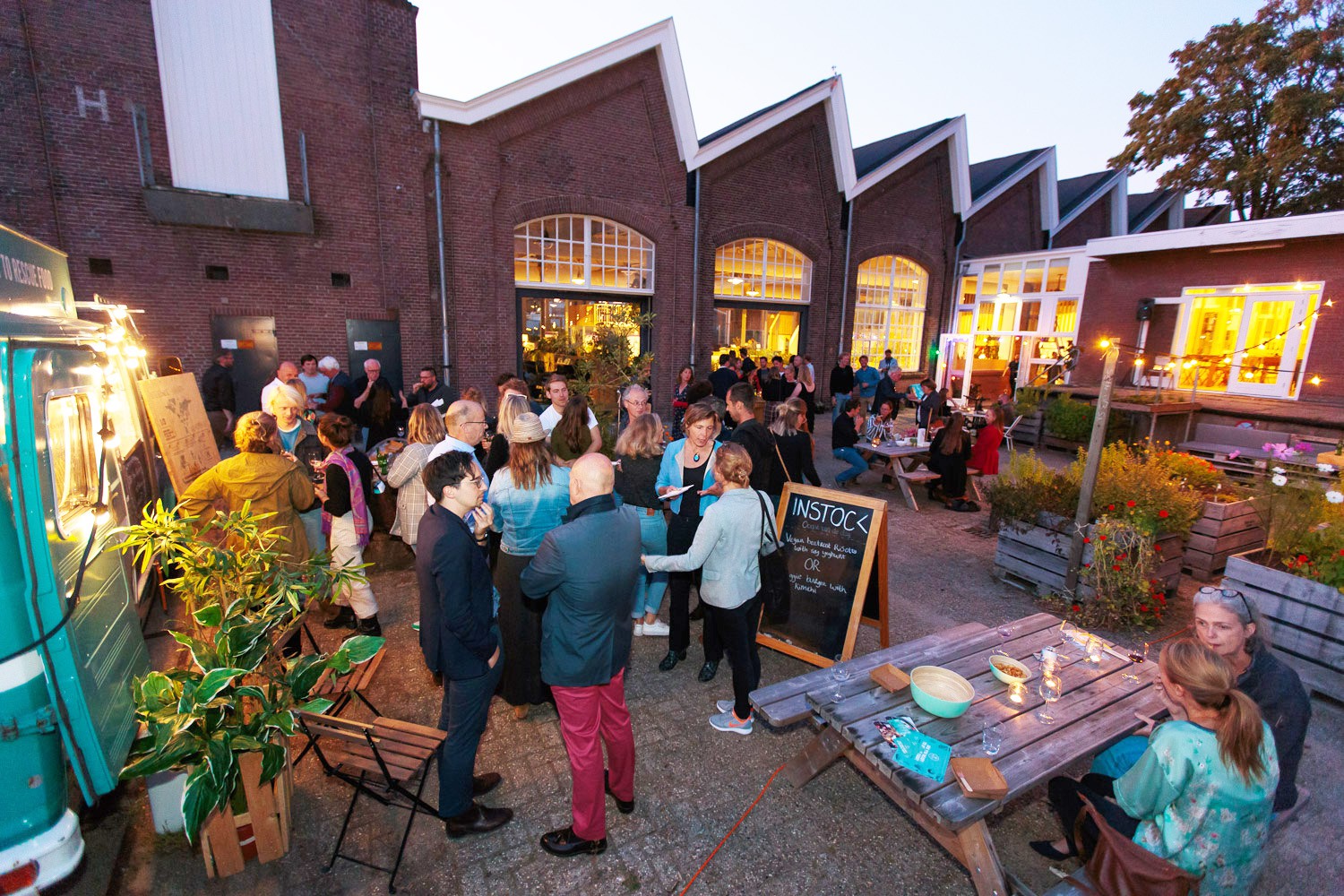By Tom Bosschaert, Founder & Director, Except Integrated Sustainability –
Diversity, transparency, collaboration, and a shared vision. Critical features in achieving sustainability and vital for effective innovation. Along with the team at Except Integrated Sustainability, I have initiated and managed two innovation communities in the Netherlands and recently established ViCo in Vietnam.
These collectives, housed in cooperative open-plan and flexible workspaces, bring together companies and individuals from various backgrounds and industries.
Their main goal – to strive for these factors and enhance systemic sustainability.
I will share with you some of the features that make a resilient and effective innovation community.
Multidisciplinary perspectives enhance creativity
By creating cooperative environments, innovation communities are ideal for analyzing systems and for bolstering sustainable solutions. Not only do they enhance member’s operations, but can bolster sustainability across entire regions.
The most impactful factor in this is diversity – of profession, experience, and background. It’s impossible to understand the complexity of the systems around us from a sole viewpoint, let alone implement solutions and attempt to solve them.
Innovation communities for sustainabiltiy encourage membership from diverse fields. Whether manufacturing, engineering, architecture, law, or hospitality, all industries and organizations offer unique perspectives and abilities.
Similarly, when it comes to size, freelancers to SMEs, NGOs, and larger entities are all encouraged to take part. Such a community ensures that members can retain the flexibility of smaller companies and access the knowledge and network of larger conglomerates. This approach also facilitates a vital space for the public and private sectors to actively collaborate and benefit.
A shared vision for a sustainable future
It’s one thing to have diversity, but holding shared values, often driven by an SDG or ESG framework, is vital to ensure the willingness to collaborate. Pooling knowledge and developing ideas amongst a diverse team will always result in better and more sustainable solutions. This assurance and trust in knowing partners are on the same page is especially important when aiming for broad-reaching and ambitious outcomes.
Supporting individuals and companies to sustain society
Innovation communities enhance sustainability by ensuring members have access to a space where they can work and learn together. From an organizational perspective, collaboration increases the quality and effectiveness of outcomes and enhances a company’s resilience, attractiveness, and ability to attract and retain talent. Additionally, such centers significantly improve visibility and marketing opportunities.
From the perspective of an individual, an innovation community provides inspiration and access to otherwise unobtained knowledge. It initiates and reinforces relationships and boosts career trajectories.
Those who learn through shared experience and cooperative networks can leapfrog specific steps and gain easier access to new markets and funding. In turn, this ensures that these members can also pass on these vital lessons and insights to support others outside the community.
They also happen to be much more fun and exciting than regular offices.

Holding regular events is vital to connecting with the public and continuing to diversify the knowledge exchange and learning trajectories. It is also an excellent opportunity to promote the community’s members and the work within.
Global and local networks enhance innovation
Local networks are essential to addressing sustainability. It is they who best understand specific geographic and cultural characteristics. However, international partnerships bring insight into how similar problems have been solved elsewhere.
This support helps achieve a deeper understanding of an issue and the ability to adapt and develop ideas quickly. This ensures a smoother and successful process, making it easier to appeal to investors.
A successful innovation community is in constant dialogue with it’s broader community. Facilitating events, performances, and workshops inspire and aid interactions with external stakeholders help achieve this.
This interaction enhances the learning experience and knowledge exchange across an even more diverse network. It bolsters sustainability beyond the innovation community and ensures ideas reach even more projects to aid systemic social change. And, of course, it helps promote those members within the community.
The nature of a space matters
The structure that houses an innovation community works best when it demonstrates the values of the community. The furniture design, natural daylight and cooling, circular materials, greenery, and attention to quality all contribute to a more sustainable community.
Removing walls to create a more open space creates transparency, with delicate attention to privacy, noise reduction, and areas for interacting. A uniform but playful design that walks the line between professionalism and inspiration.
A dedicated working space is necessary, but innovation communities also accommodate remote workers. Many professionals actively seek a collaborative network and appreciate access to shared facilities, such as meeting rooms and training spaces.
Collaboration for sustainability in Vietnam
Vietnam faces unique challenges, but with strong work culture and an eagerness to innovate and learn with others, the future looks bright. We aim to use ViCo to help connect local and global socially-minded companies with a place to develop their own and Vietnam’s strengths to become a sustainability leader.
All views and opinions expressed on this site are those of the individual authors and comments on this site are the sole responsibility of the individual contributor.

